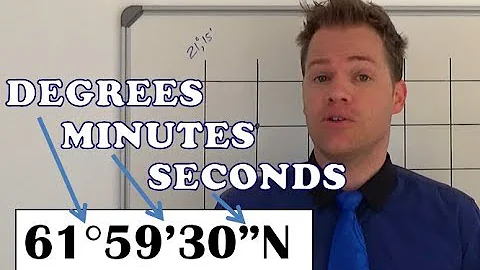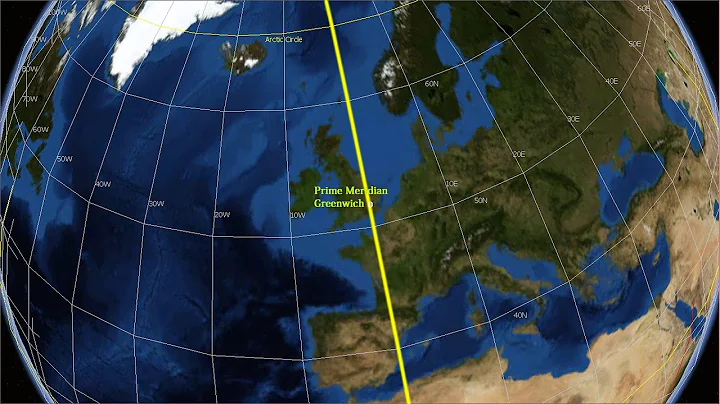Click above [ Big Buffalo Surveying and Mapping ] to follow us

 . The impact of adopting the 2000 national geodetic coordinate system on existing maps
. The impact of adopting the 2000 national geodetic coordinate system on existing maps
The geodetic coordinate system is the basis for surveying and producing topographic maps. Changes in the geodetic coordinate system will inevitably cause the generation of topographic map elements. Location changes. Generally speaking, the origin of the local coordinate system deviates greatly from the center of the earth (the largest is close to 200m). Whether it is the 1954 Beijing coordinate system or the topographic map of the 1980 Xi'an coordinate system, appropriate corrections are required after adopting the geocentric coordinate system. . The calculation results of
show that the Beijing coordinate system was changed to the 2000 national geodetic coordinate system in 1954. In the range of 56°N~16°N and 72°E~135°E, if the difference of ellipsoid and is not considered, the translation amount of the map converted from the 1954 Beijing coordinate system to the 2000 system is: X translation amount is -29~-62m, and the translation amount in the Y direction is -56~+84m. The X translation amount in the 1980 Xi'an coordinate system is -9~+43m, and the Y direction translation amount is +76~+119m. Therefore, when the coordinate system is replaced, the change value of the geographical position of the midpoint (including the map outline point) of the large-scale topographic map at 1:250,000 has exceeded the cartographic accuracy and must be re-marked.
For small topographic maps with a scale of 1:250,000, the changes in the coordinates of the map outline points and the changes in the length and orientation of the map outline caused by the replacement of the coordinate system can be ignored within the cartographic accuracy. For topographic maps with a scale of 1:250,000, Considering the actual mapping accuracy, there is no need to consider conversion during actual conversion.
Based on actual calculations, it is shown that the length (including the length of the map outline) and the orientation change of any two points of various scale topographic maps caused by the transformation of the coordinate system are within the cartographic accuracy and can be ignored. That is to say, when using the geocentric coordinate system, only the outline points of the map frame are moved, and the map outline is parallel to the original map outline, and the change of the coordinate system does not change the distance between any two features in the map frame. Positional relationship.

2, The relationship between the WGS84 coordinate system and the 2000 National Geodetic Coordinate System
In terms of definition, the 2000 National Geodetic Coordinate System is consistent with WGS84, that is, the definitions of the origin, scale, orientation and orientation evolution of the coordinate system are the same. The reference ellipsoids used by the two coordinate systems are also very similar, with only slight differences in oblateness. In actual point representation, only the difference in ellipsoids is considered, and the results of the two are consistent. However, because the coordinates of the 2000 National Geodetic Coordinate System are defined at that moment in 2000, most applications are actually carried out at different times. Positioning, because the plates on the Earth are constantly moving, the actual positions of stations on different plates of the Earth are changing at different times, and have deviated from their positions in 2000.
Therefore, the WGS84 coordinates obtained by positioning at different times are not the 2000 national geodetic coordinate system in the strict sense. For example, based on the coordinate value of the current epoch (such as 2009) in the current frame and the 2000 national geodetic coordinate system, the maximum difference is 0.6m. But for applications with a small scale of 1:10,000, it can be simply and approximately considered to be the same coordinate system.

3. The relationship between GNSS post-processing positioning results and the 2000 National Geodetic Coordinate System
. The coordinates of each site obtained after processing with high-precision GNSS positioning software are the same as the benchmark defined by the satellite ephemeris at the observation time. The satellites used in different time periods are Different ITRF frameworks, but the biggest difference between different frameworks is on the order of cm. The difference is mainly reflected in the point changes caused by plate movement. The stations are located on different plates and move with the plates. If the average point movement rate in my country is 2- 3cm/year, calculated in 10 years, the point coordinates have changed by 20-30cm when the point distance is defined.
Therefore, the site coordinates obtained by GNSS post-processing need to take into account the point movement rate to obtain the coordinates of the 2000 National Geodetic Coordinate System.
4. The impact of coordinate system changes on the distance between map points
The change of the ellipsoid between different coordinate systems will cause uneven point coordinate changes in different areas, different map frames, and different positions of the same map frame, but In view of the very small difference in imbalance, for the accuracy of 1:50,000 to 1:10,000 topographic map data, the side lengths of the map outlines and the relative distances between different points within the map remain unchanged after data conversion. .
5. The impact of different ellipsoid changes on map representation
When converting the data from the 1954 Beijing coordinate system to the 1980 Xi'an coordinate system or the 2000 national geodetic coordinate system, when considering the coordinate translation parameters, transformation between ellipsoids must also be carried out; while in 1980 Xi'an When converting the coordinate system to the 2000 National Geodetic Coordinate System, the coordinate displacement caused by the ellipsoid is very small. Considering factors such as the actual accuracy, conversion error and data post-processing of the spatial database , the ellipsoid transformation process can be ignored;
Points with the same longitude and latitude coordinates in space have different geodetic plane coordinates in the 1954 Beijing coordinate system, the 1980 Xi'an coordinate system and the 2000 national geodetic coordinate system (6-degree zoning of Gaussian projection is uniformly used). The map sections under each coordinate system have different positions for the same entity in space, so the original standard map outline section lines no longer have the properties of the original map outline. For example, after the 1:50,000 section data is converted, the 2000 National Geodetic Coordinate System The standard below is divided into frames. There will be redundancy of two measurement data on the four sides of the map, and the two measurement data do not reach the edge;
The translation amount of the map under the Beijing coordinate system in 1954 when converted to the 2000 system is: The X translation amount is -29~-62m, and the Y direction translation amount is -56~+84m. Corresponding to the 1:50,000 map frame, the translation amount in the X direction is about 1.2mm and the Y direction is about 1.7mm. The X translation amount in the 1980 Xi'an coordinate system is -9~+43m, and the Y direction translation amount is +76~+119m. . Corresponding to the 1:50,000 image frame, the translation amount of the image outline is about 0.8mm in the X direction and about 2.4mm in the Y direction. It can be seen that the edges and overlap of data after conversion in different coordinate systems cannot be ignored.

6, CGCS2000 map update cycle
2000 National Geodetic Coordinate System basic scale topographic map update, mainly consider whether the impact of point change rate on the accuracy of point representation on the map exceeds the allowable range. The average change rate of points in my country is 3-4cm/year. When the time span from 2000.0 epoch is different, the magnitude of the impact on points is shown in the following table:

For the actual accuracy of the main feature points on the basic scale topographic map, it is 0.4mm. , the secondary feature point is 0.7mm, corresponding to the corresponding scale, and its actual accuracy is:

 0 years later 1:500, 1:1000 map, the point changes have exceeded the cartographic accuracy, for the need to pay attention to absolute position changes Update, but 1:500 and 1:1000 engineering and urban construction drawings only care about the relative position of features rather than the absolute position, so they do not need to be updated. The 1:5000 scale will need to be updated after 50 years. 1:10000 will need to be updated after 90 years.
0 years later 1:500, 1:1000 map, the point changes have exceeded the cartographic accuracy, for the need to pay attention to absolute position changes Update, but 1:500 and 1:1000 engineering and urban construction drawings only care about the relative position of features rather than the absolute position, so they do not need to be updated. The 1:5000 scale will need to be updated after 50 years. 1:10000 will need to be updated after 90 years.





















